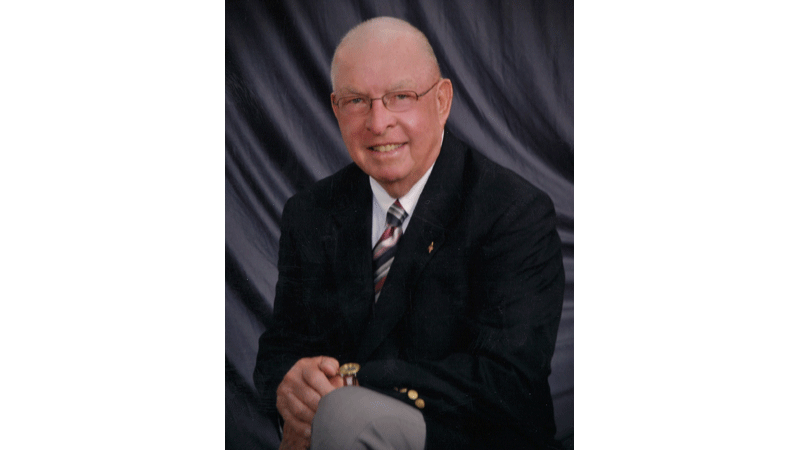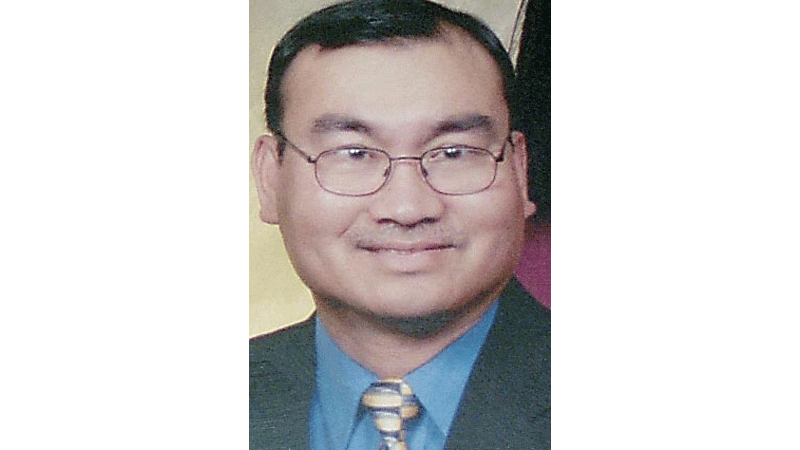Looking Back: Southampton Memorial is closer to reality
Published 11:27 am Friday, March 8, 2013
EDITOR’S NOTE: Looking Back features past articles from The Tidewater News with commentary by local historian Clyde Parker.
MARCH 8, 1963
As previously announced and reported, the new Southampton Memorial Hospital will be completed by the end of the month. Occupancy is expected by May 15. A dedication service will be held soon after that.
As those planned events draw closer, people who have been involved with the various stages of the new hospital’s development, are reflecting back.
As far back as the 1940’s, community leaders realized that Raiford Hospital was not completely fulfilling the needs of the area. Dr. Rufus Raiford, who was the hospital’s director, was among those who felt that a more modern hospital was needed.
The origin of Raiford Hospital goes back to 1919 when Dr. Raiford established Raiford Clinic in his Sedley home. In 1924, in response to the increased patient load in Franklin, he established another clinic by renting three rooms in the old vacant Virginia Hotel building located on the northwest corner of Main Street and Second Avenue. By 1929, patient volume grew to such an extent that Dr. Raiford decided to take over the entire building. The clinic was then renamed Raiford Hospital.
Although in the 1940’s World War II was happening, a new community hospital was still a vision.
“During that time, the community was not able to get federal funds for a new hospital,” said Sol Rawls, Jr. who is now spearheading the current effort but was in the U. S. Army back then. “However, federal funds, through the provisions of the “Lanham Act”, were available to enlarge Raiford,” Rawls said. “And that was done in the mid 1940’s.”
In the meantime, in 1943, Franklin Charities, Inc., a forerunner to the Camp Foundation, was created for the purpose of addressing various community needs including funding toward a new hospital.
Because of World War II, the new hospital movement became somewhat dormant for a few years. Still, during those years, Chesapeake-Camp Corp., Camp Manufacturing Co., W. H. Scott, Inc., Taggart Corp. and other local businesses and individuals, kept putting money into the Franklin Charities Fund.
When the war was over, Rawls returned to Franklin and joined his father’s business, S. W. Rawls, Inc. He soon joined and led a renewed and stepped-up effort for a new hospital, promoting the idea and getting additional financial support lined up. This went on for a few years.
Upon Raiford’s death in 1948, the old hospital was renamed Raiford Memorial Hospital.
In the early 1950’s, Rawls was appointed to the Raiford hospital board. Soon after, he was elected President.
Also joining the effort was Dr. J. C. Rawls, an uncle of Sol Rawls, who was in strong support, along with G. H. (Hap) Pillow, a Franklin real estate and insurance executive.
Discussions, along with tentative plans, in regard to a new hospital continued.
In the mid 1950’s, the idea of a new hospital became more realistic and gained traction. During that time, a group of people, headed by Rawls, began outlining definitive plans to raise money and secure land on which to build a new hospital. They were getting more serious and aggressive about the matter.
The consensus among the group was that we needed a hospital that was to be large enough, modern enough, equipped enough, and staffed enough to adequately serve the needs of Southampton, Franklin and Isle of Wight residents.
Hugh Camp, who in 1956 became Chairman of Union Bag-Camp Paper Corp. following the merger of Camp Manufacturing Co. and Union Bag and Paper Co., joined the effort.
Camp and his brother James L. Jr., who became Chairman of the Union Bag-Camp Executive Committee soon after the merger, spoke of the need to have a modern hospital in order to not only better serve the needs of the community but also to attract people to the ever-expanding paper mill. In addition to having an enlarged paper mill, Franklin was to become a major regional headquarters for Union Bag – Camp. The two Camps are uncles to Sol Rawls, Jr.
“We have good schools, we have a good business climate, we have good recreational programs but we need better medical facilities,” James Camp, Jr. said.
Note: The chronology of the advancement of Southampton Memorial Hospital and references to Raiford’s history will be continued in the next “Looking Back” column.
CLYDE PARKER is a retired human resources manager for the former Franklin Equipment Co. and a member of the Southampton County Historical Society. His email address is cpjeep99@yahoo.com.





